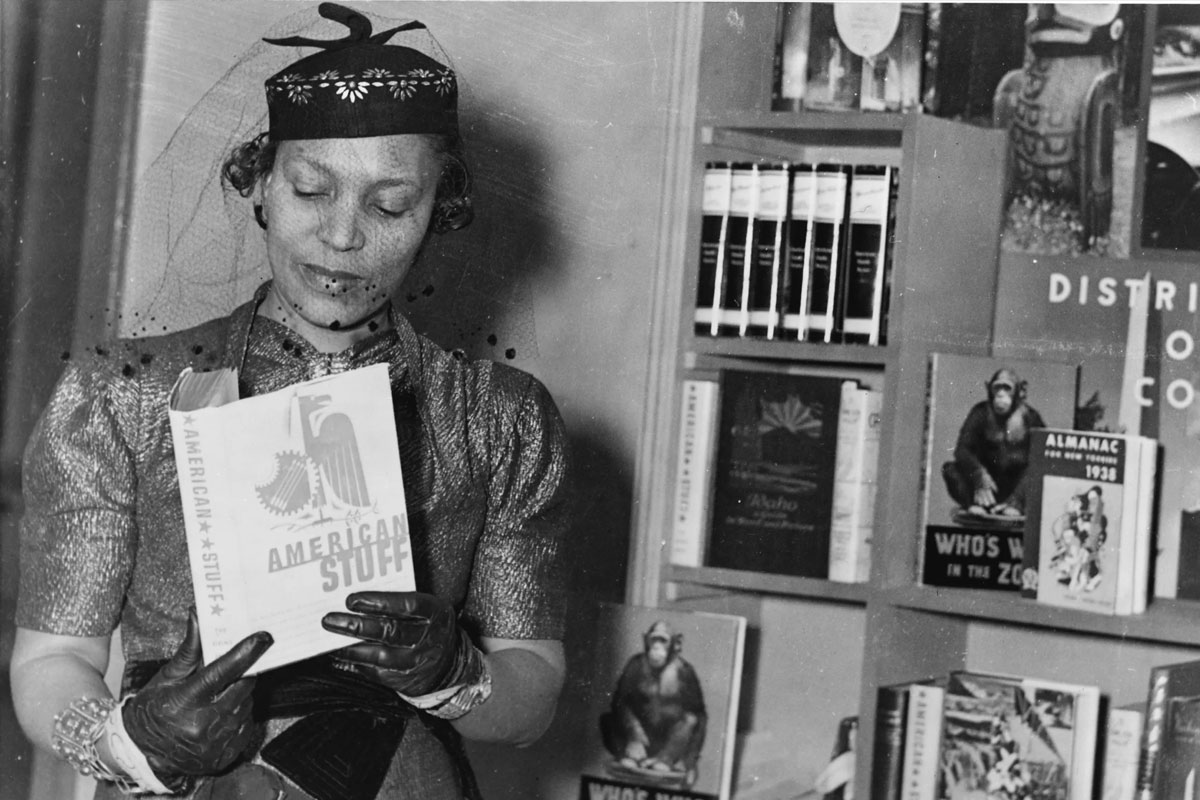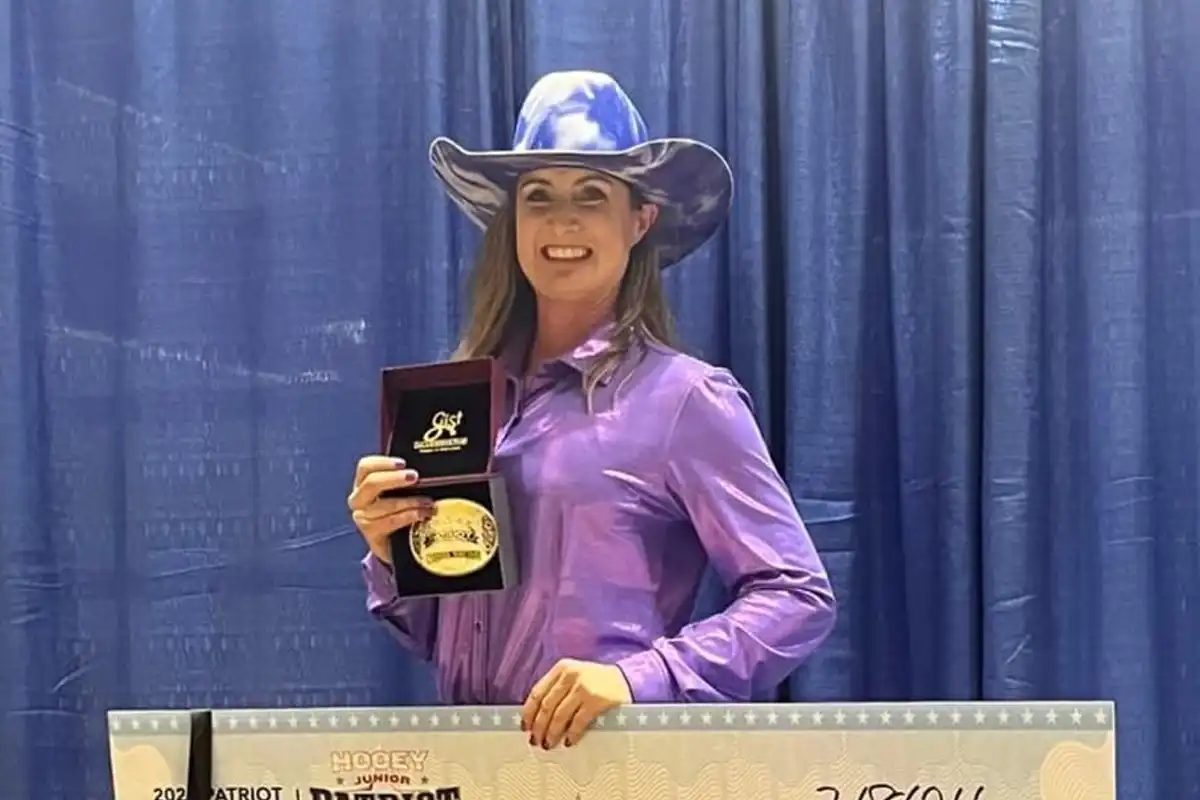Who is Zora Neale Hurston? Biography, Books & Wiki

Who is Zora Neale Hurston? Biography, Books & Wiki
Zora Neale Hurston (January 7, 1891 – January 28, 1960) was an American writer, folklorist, and anthropologist who played a significant role in the Harlem Renaissance. She is best known for celebrating the culture and folklore of African Americans in the rural South.
Early Life and Education
Although Hurston often claimed she was born in 1901, records show she was born in 1891 in Notasulga, Alabama. However, as a child, she moved with her family to Eatonville, Florida, the first all-Black incorporated town in the United States. She attended school there until she was 13, but after her mother’s death in 1904, her home life became difficult. At 16, she left home and joined a traveling theatrical company, eventually arriving in New York City during the Harlem Renaissance.
Hurston began her college education at Howard University (1921–1924) before earning a scholarship to Barnard College in 1925. She studied anthropology under the famous scholar Franz Boas and graduated in 1928. She later continued graduate studies at Columbia University while conducting field research on African American folklore in the South.
Literary Career and Major Works
Hurston became a leading figure in the Harlem Renaissance and worked closely with other influential Black writers, including Langston Hughes. In 1930, she and Hughes collaborated on a play titled Mule Bone: A Comedy of Negro Life in Three Acts, though it was never completed.
Her first novel, Jonah’s Gourd Vine (1934), was praised for its realistic portrayal of African American life. She followed this with Mules and Men (1935), a collection of African American folktales.
Her most famous novel, Their Eyes Were Watching God (1937), tells the story of Janie Crawford, an African American woman on a journey of self-discovery. The novel is now considered a classic of African American literature.
Hurston also explored Caribbean culture and voodoo (Vodou) in Tell My Horse (1938). In Moses, Man of the Mountain (1939), she reimagined the biblical story of Moses through African folklore.
Later Years and Rediscovery
Hurston worked as a faculty member at North Carolina College for Negroes (now North Carolina Central University) and was also on the staff of the Library of Congress. In 1942, she published her autobiography, Dust Tracks on a Road, which remains a key text in understanding her life and work. Her last novel, Seraph on the Suwanee (1948), was a departure from her usual themes, focusing on white characters in the South.
Despite her contributions to literature, Hurston fell into obscurity after her death in 1960. However, Black authors in the late 20th century, including Alice Walker, revived interest in her work. Several of her writings, including Spunk: The Selected Stories (1985) and Every Tongue Got to Confess (2001), were published posthumously.
In 2018, her nonfiction work Barracoon: The Story of the Last “Black Cargo” was finally published after being rejected in 1931 for its use of African American vernacular. The book tells the story of Cudjo Lewis, one of the last known survivors of the transatlantic slave trade.
A New Addition to Her Legacy (2025)
In 2025, The Life of Herod the Great, a historical novel by Hurston, was published. This book serves as a continuation of Moses, Man of the Mountain and offers a reexamination of King Herod of Judaea, who is often depicted as a tyrant in the New Testament. Since Hurston passed away before completing it, scholar Deborah G. Plant finished the novel using Hurston’s research notes and letters.
Catch all the Biography News, Breaking News Event and Trending News Updates on GTV News
Join Our Whatsapp Channel GTV Whatsapp Official Channel to get the Daily News Update & Follow us on Google News.














